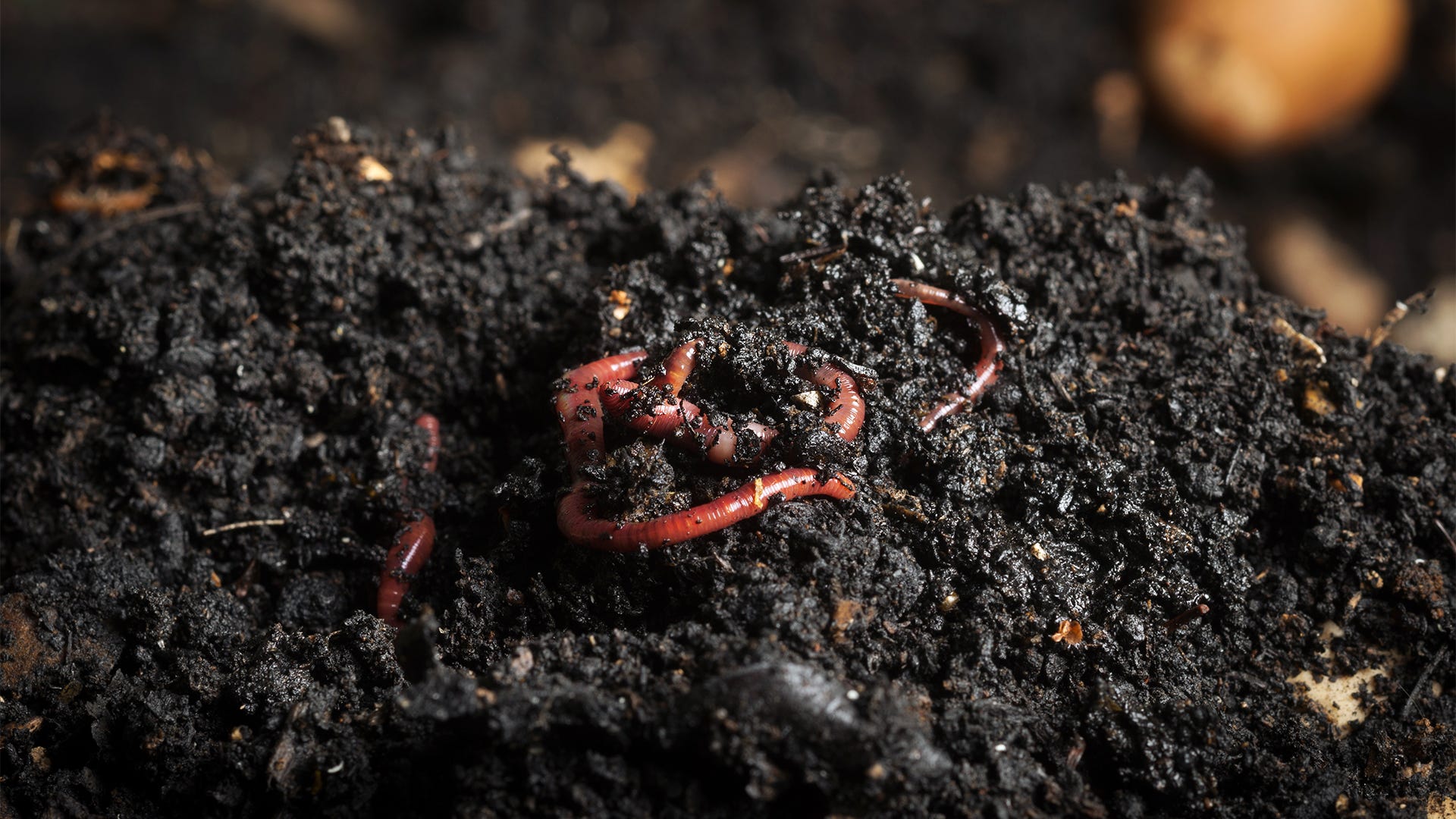Red wigglers: Expert advice for beginners
Get one of the most Out of Your Compost With Red Wigglers
The assimilation of red wigglers right into your composting system can significantly improve the performance and effectiveness of waste management practices. These worms are not only skilled at breaking down organic materials however additionally add to the production of high-grade compost that enhances soil health and wellness.
Recognizing Red Wigglers
Recognizing red wigglers is essential for anyone interested in vermicomposting, as these worms play a critical function in breaking down organic matter. Scientifically known as Eisenia fetida, red wigglers are differentiated by their reddish-brown color and slender bodies, usually determining in between 3 to 4 inches in length. Unlike earthworms, which flourish in soil, red wigglers choose a moist, organic-rich environment, making them perfect for composting systems.
These worms are renowned for their voracious appetite, consuming half their body weight in natural product daily. This capacity allows them to quickly decompose kitchen area scraps, yard waste, and various other naturally degradable products, changing them right into nutrient-rich garden compost. Red wigglers grow in temperature levels ranging from 55 ° F to 77 ° F, requiring careful surveillance of their environment to ensure optimum task.
Additionally, red wigglers replicate rapidly, doubling their populace around every 3 to 4 weeks under optimal conditions. This quick recreation is important for maintaining a reliable composting procedure. red wigglers. Comprehending their biology and habits is important for any person aiming to harness their capacity in sustainable waste monitoring methods
Advantages of Vermicomposting
Vermicomposting deals numerous benefits that prolong past basic waste reduction. This cutting-edge method leverages the all-natural disintegration abilities of red wigglers to change organic waste into nutrient-rich garden compost, improving soil health and wellness and fertility. The resulting vermicompost is including useful microorganisms, which can enhance soil framework and increase nutrient accessibility for plants.

Additionally, vermicomposting can be exercised in various settings, making it available for urban dwellers and those with minimal exterior area. It needs minimal financial investment and can be conveniently handled indoors or outdoors, making it suitable for numerous way of lives.
Making use of vermicompost also promotes much healthier plant development by improving microbial activity, boosting water retention, and supplying vital nutrients. Garden enthusiasts and farmers that incorporate vermicompost right into their practices usually observe boosted crop returns, making vermicomposting a sustainable selection for both waste administration and farming efficiency.
Establishing Up Your Worm Bin
Developing an effective worm container is vital for successful vermicomposting, and with simply a few crucial components, any person can establish a reliable system. Begin with an appropriate container; a plastic or wooden bin with a cover works well. Preferably, the container ought to be in between 10 to 18 inches deep to offer enough space for the worms to grow.
Make sure proper ventilation by piercing small holes in the sides and cover, enabling air flow while preserving moisture. Keep an equilibrium between wetness and water drainage; the bin must perspire but not soaked. A layer of bedding, such as shredded paper or cardboard, gives a habitat for the worms and aids in dampness retention.
Consider the location of your worm bin (red wigglers). By following these standards, you will certainly produce a favorable environment for red wigglers, laying the groundwork for an effective vermicomposting undertaking.
Feeding Your Red Wigglers

Prevent feeding them meat, dairy, and oily foods, as these can bring in insects and create undesirable odors. In addition, it is vital to chop or shred bigger products to facilitate quicker decay, guaranteeing your worms can access the nutrients a lot more efficiently.
Small amounts is important; overfeeding can cause anaerobic problems, harming the worms and decreasing the composting process. Display the bin for leftover food and adjust your feeding regimen accordingly. A basic guideline is to give regarding half an extra pound of food per pound of worms weekly.
Lastly, preserving moisture is necessary. Go for a moist, but not soggy, environment, as wetness help in the break down of food and sustains worm activity. By very carefully handling their diet, you can improve the efficiency of your red wigglers in transforming natural waste right into rich garden compost.
(red worms)
Harvesting and Making Use Of Garden Compost
After a number of weeks of thorough composting, you will certainly see that the rich, dark material created by your red wigglers is prepared for harvest. One efficient method is to make use of a light resource; red wigglers are sensitive to light and will delve deeper into the product, allowing you to scoop out the leading layer of compost.
As soon as gathered, the garden compost can be used in different applications. Mix it into garden soil to enhance framework and fertility, or utilize it as a leading clothing for potted plants.
Keep in mind to keep any kind of unused compost in an awesome, completely dry place to preserve its top quality. By effectively gathering and making use of the compost created by red wigglers, you not just improve your garden however additionally advertise sustainable gardening methods.
Conclusion
Including red wigglers right into composting practices considerably boosts the performance of organic waste makeover. The utilization of these worms not only speeds up the composting procedure yet additionally enriches soil high quality with their nutrient-rich spreadings. Developing a correct worm bin and maintaining ideal conditions makes sure the wellness and performance of these microorganisms. Ultimately, the integration of red wigglers in composting adds to sustainable gardening, reduces land fill waste, and advertises ecological stewardship via reliable source recycling.